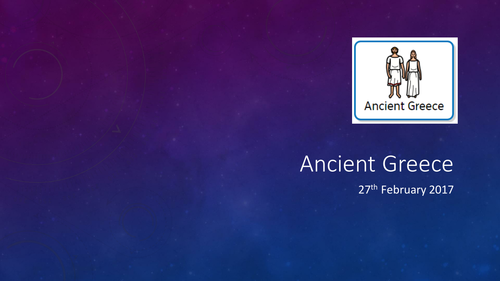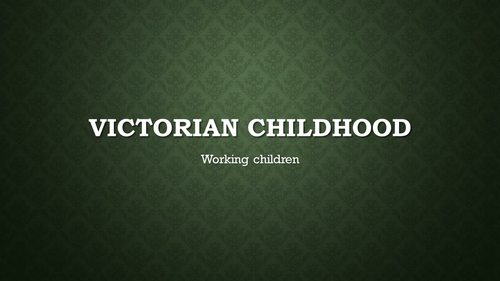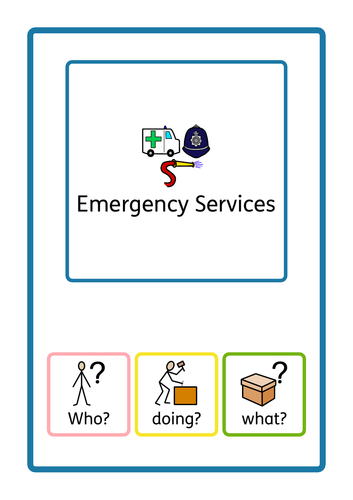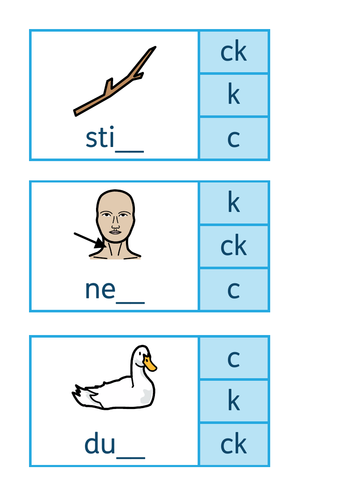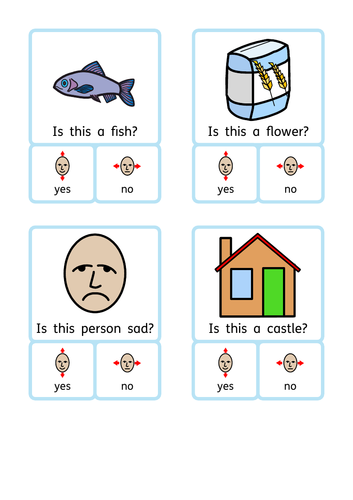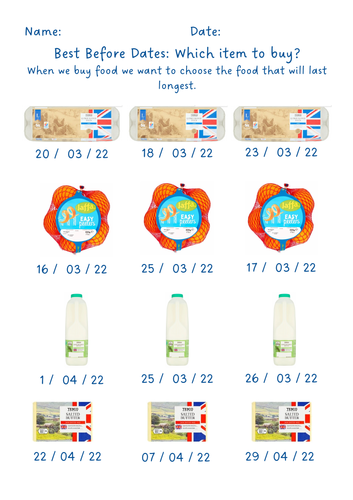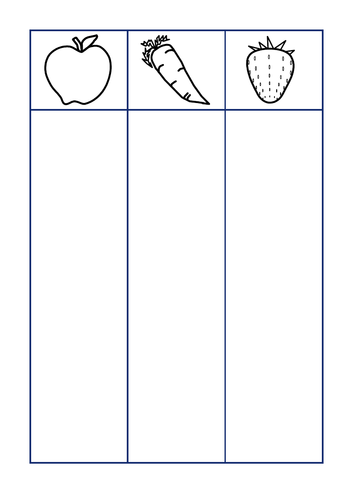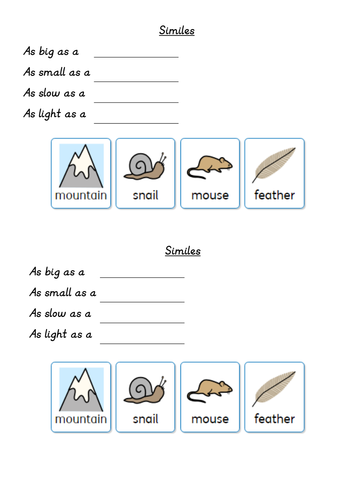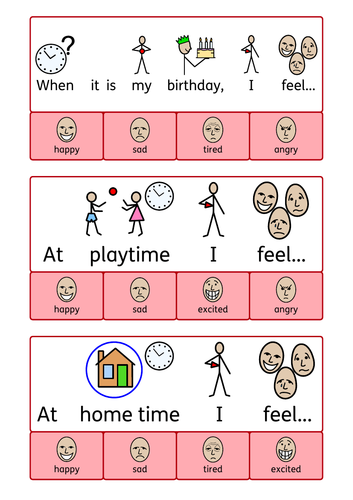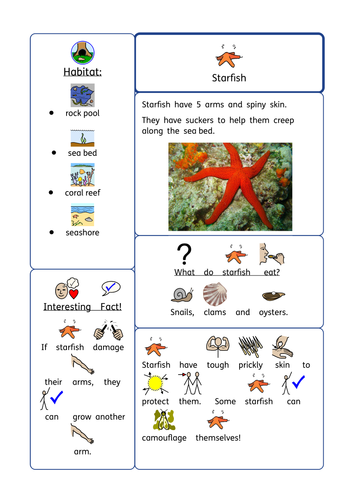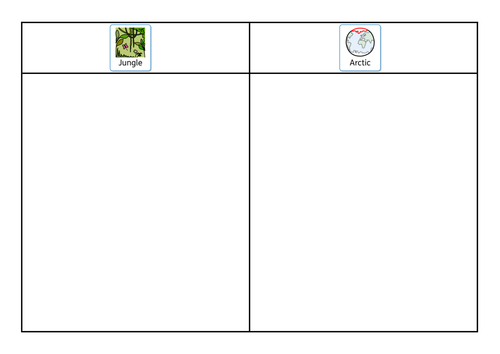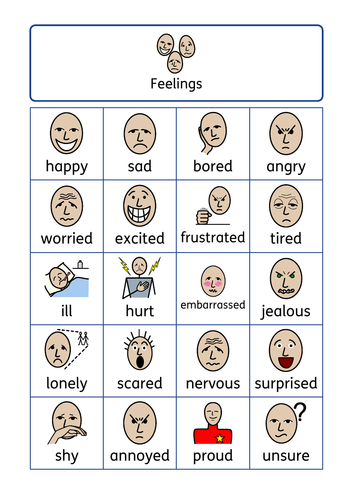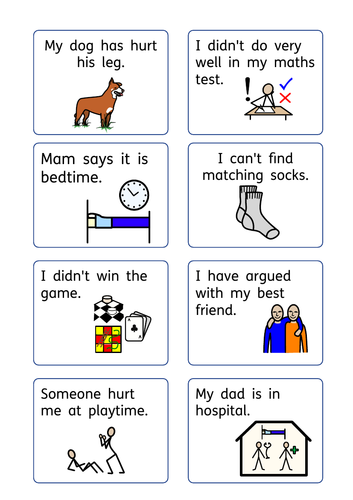Jlp76's Shop
I teach young people with social communication difficulties, including autism. I have worked in both primary and secondary mainstream ARCs and also specialist provision and I love my job! I am slowly uploading resources that have worked well so check back every now and again. If there are any resources or activities that you would like to see in my shop, feel free to message me. I love making resources!







